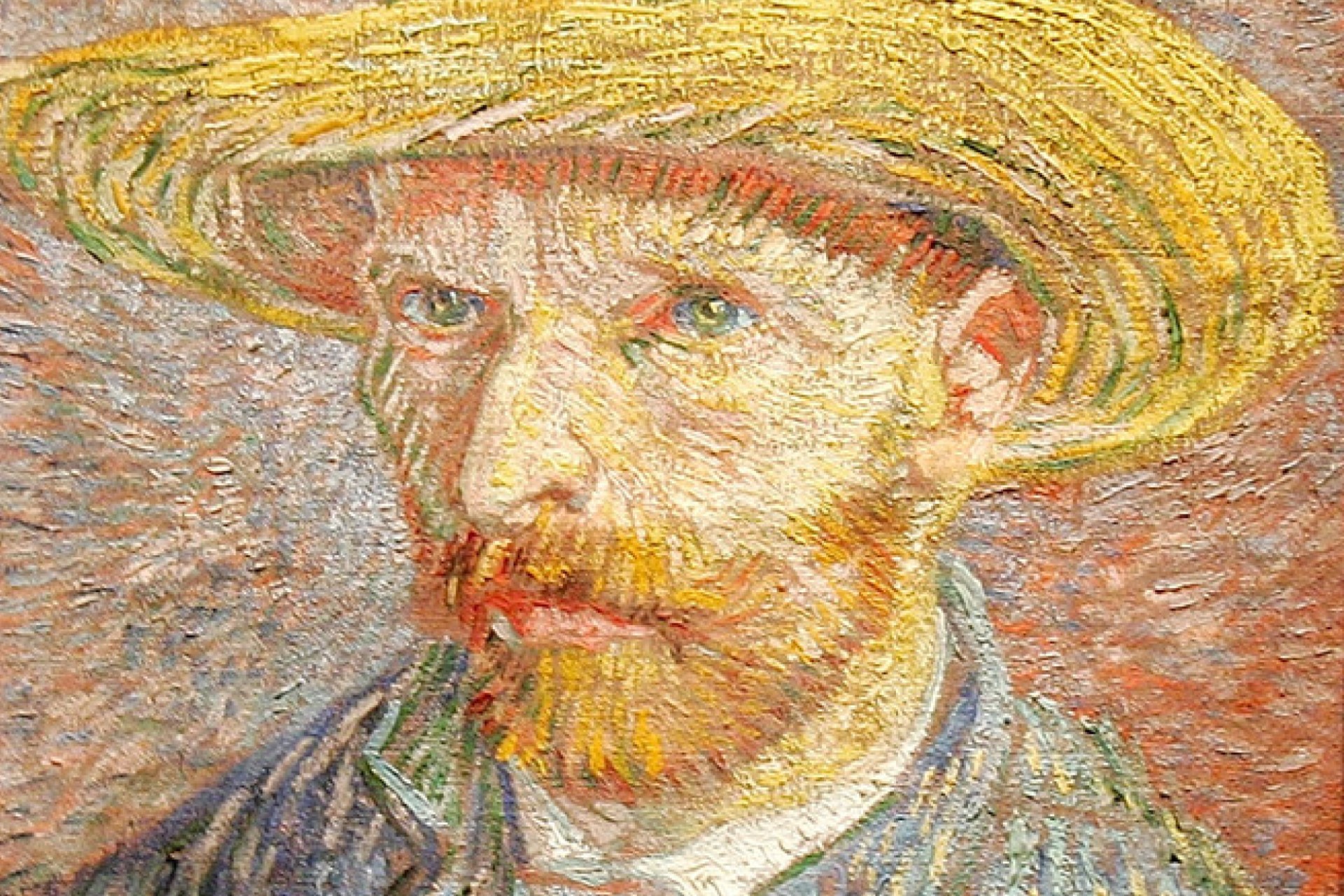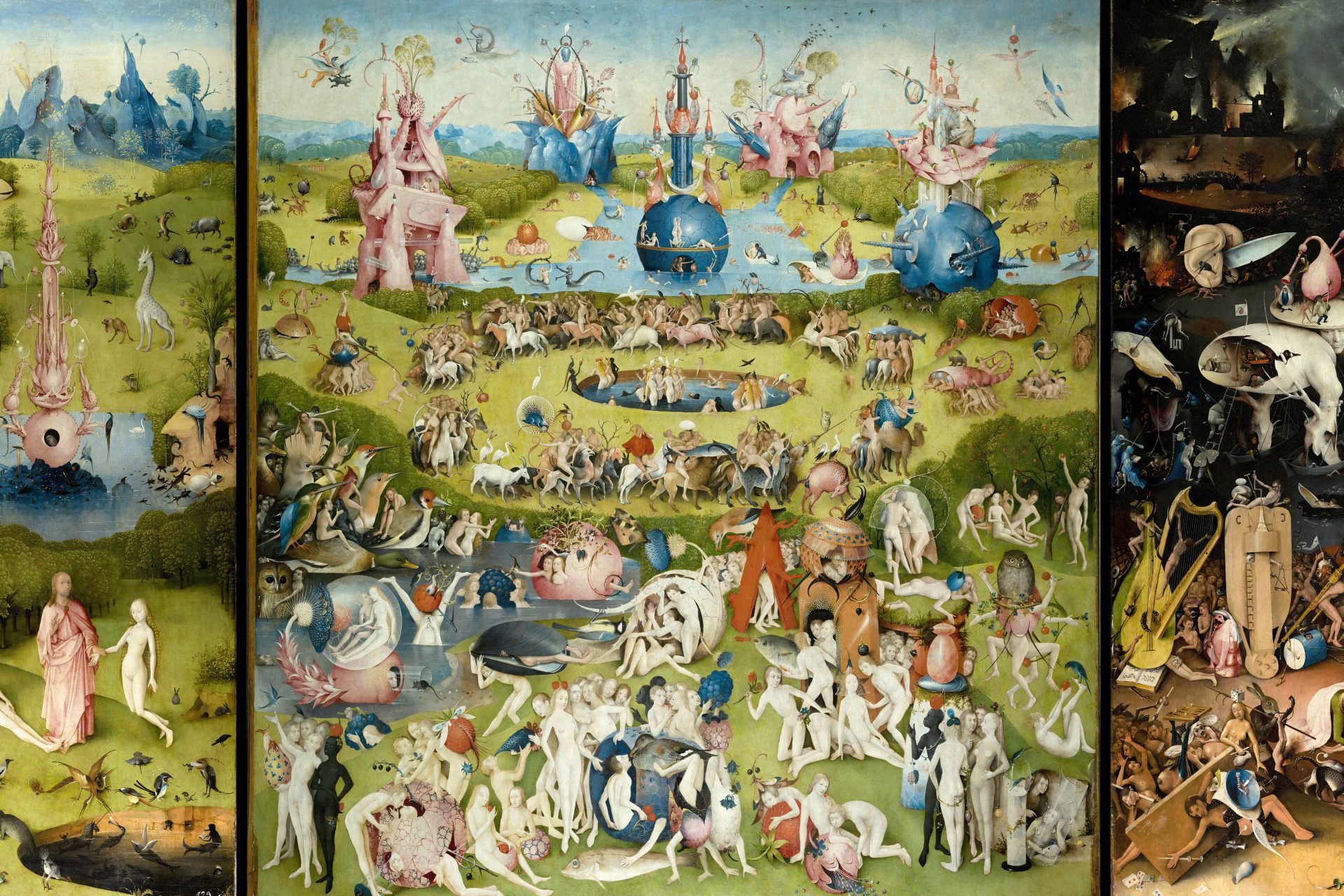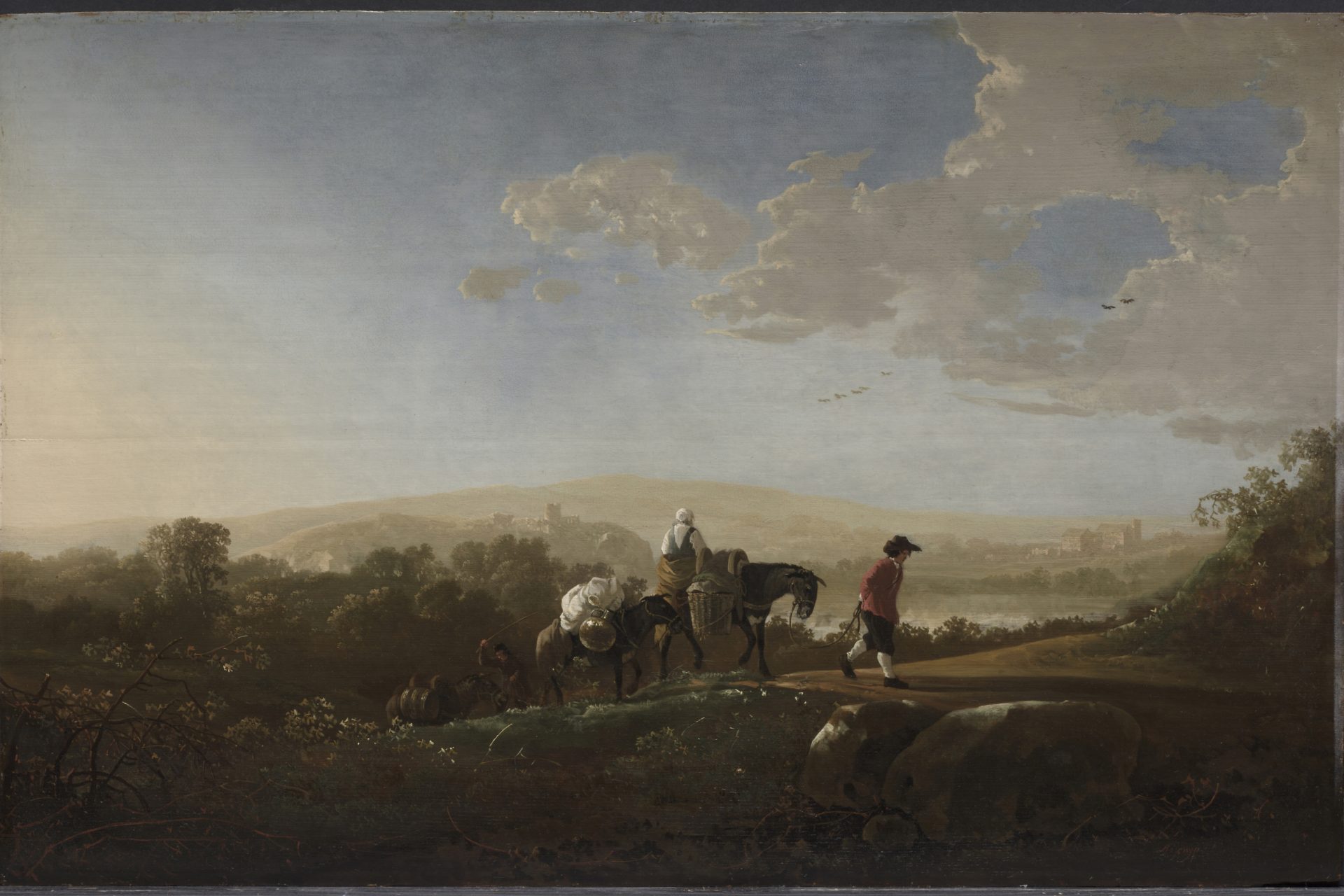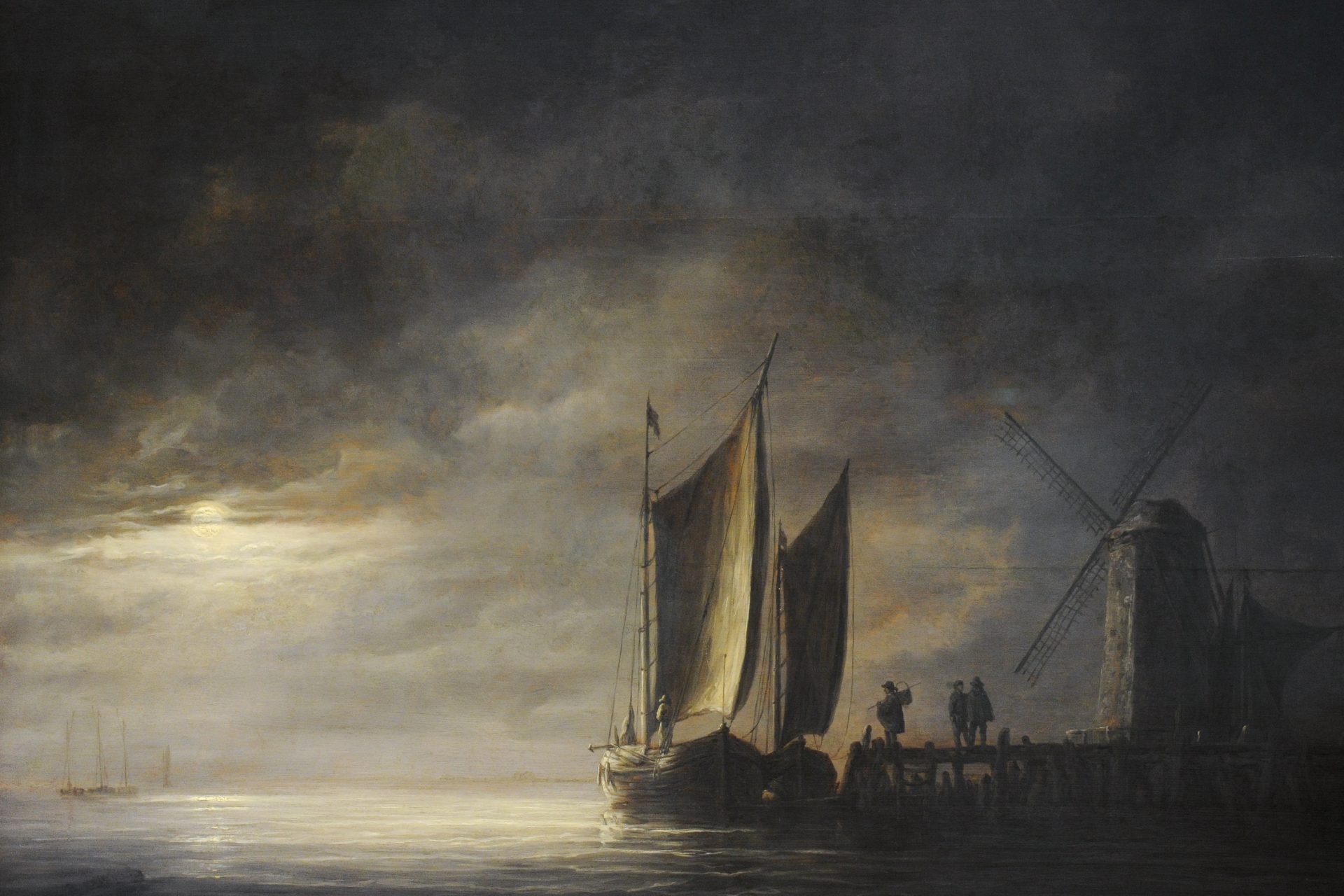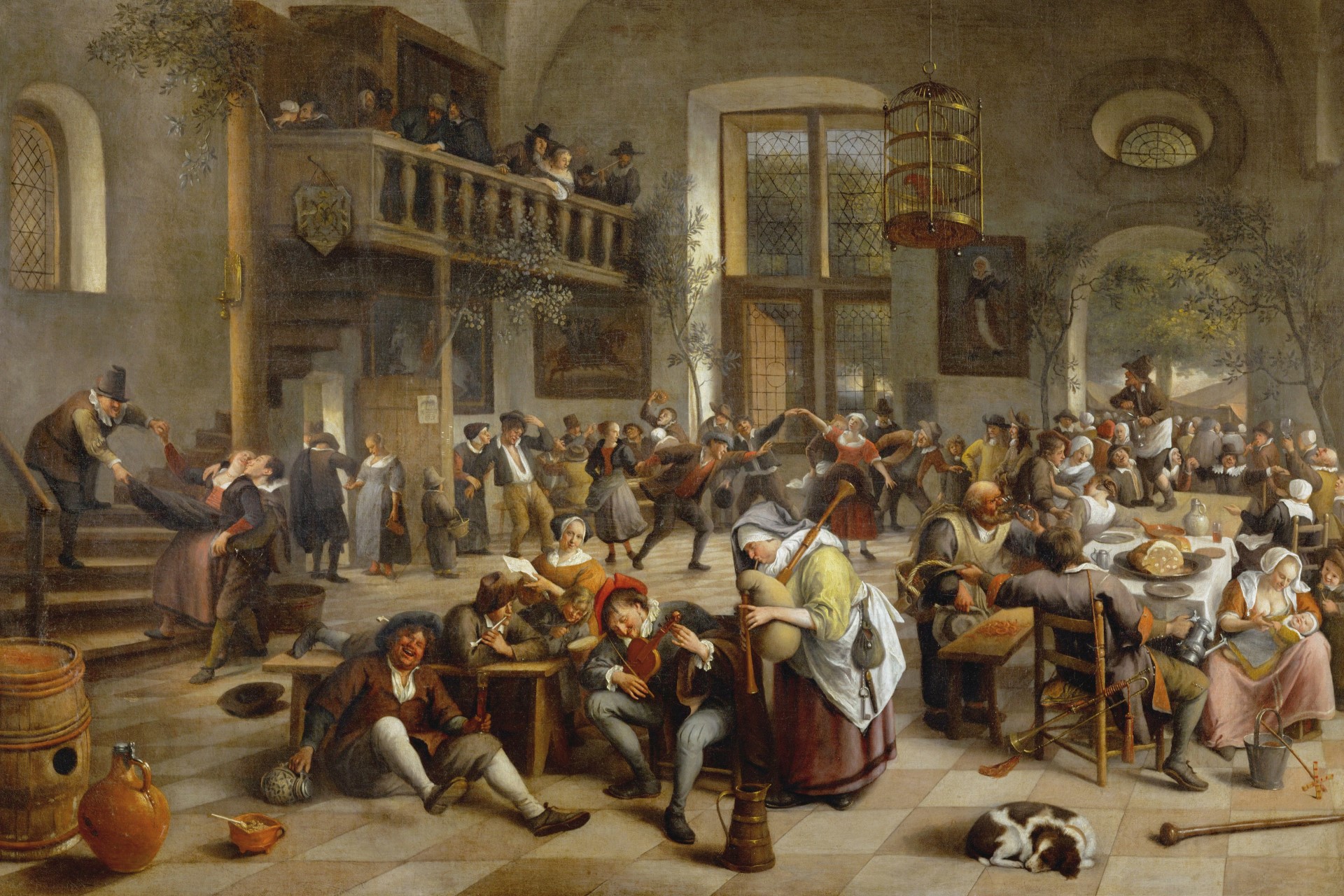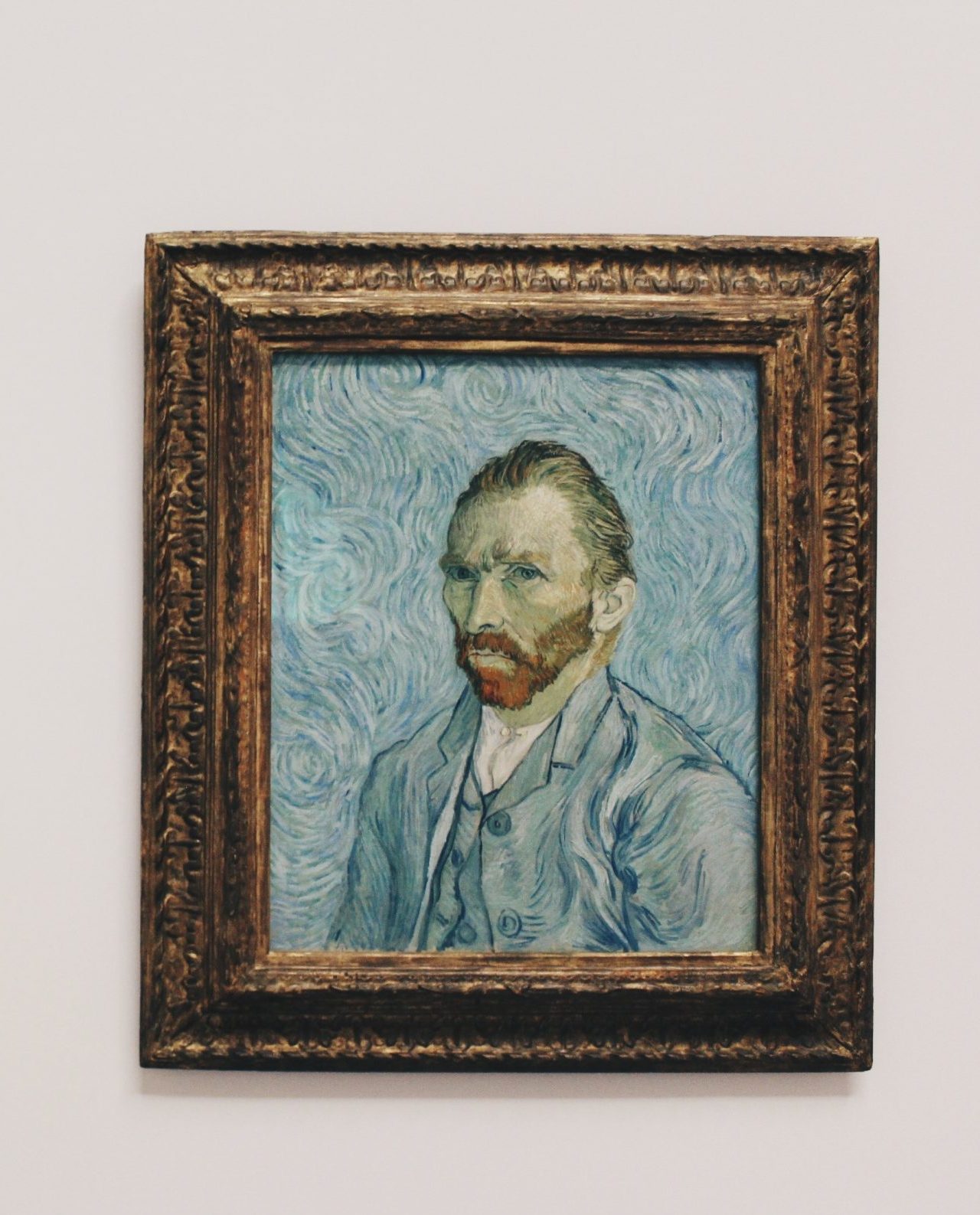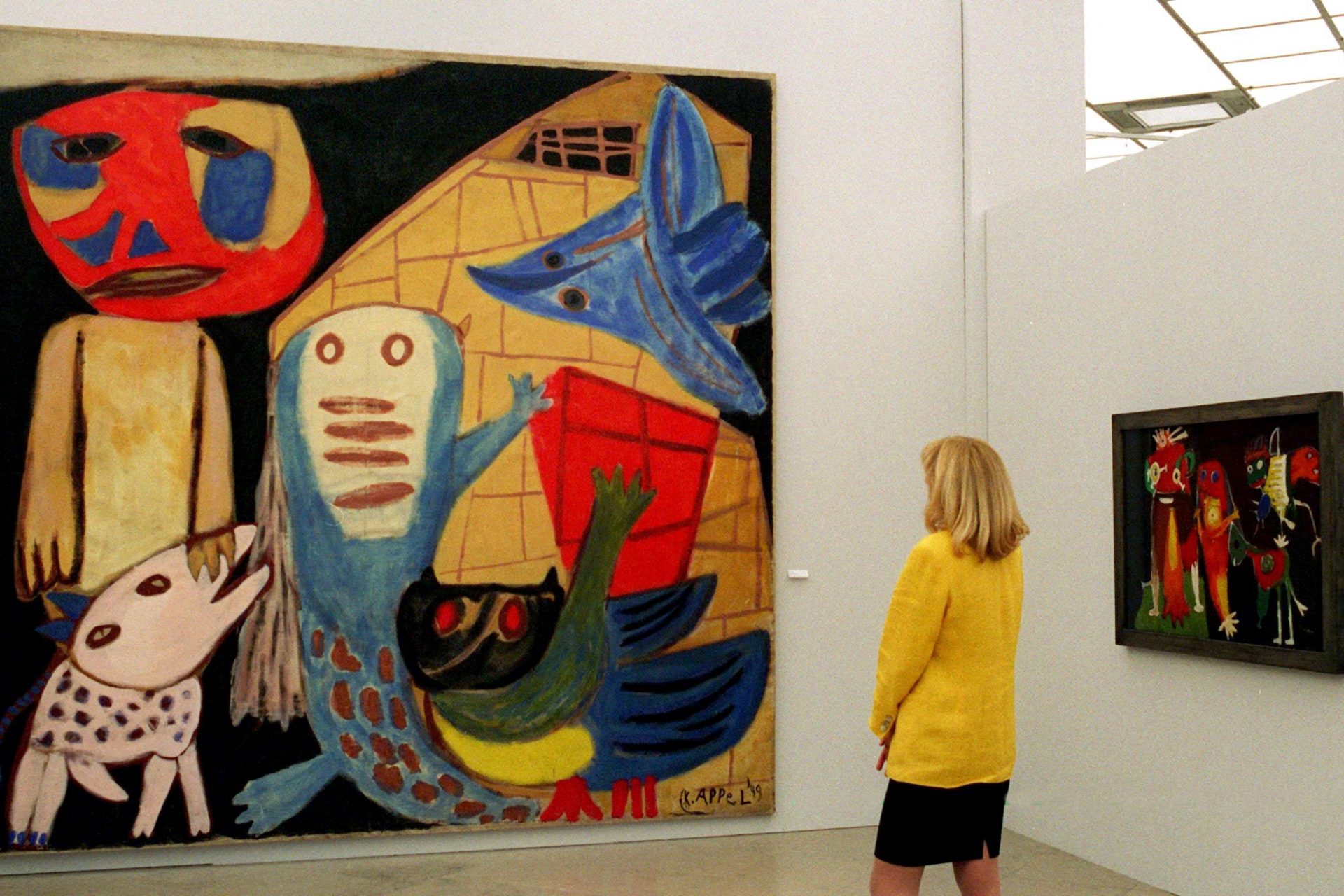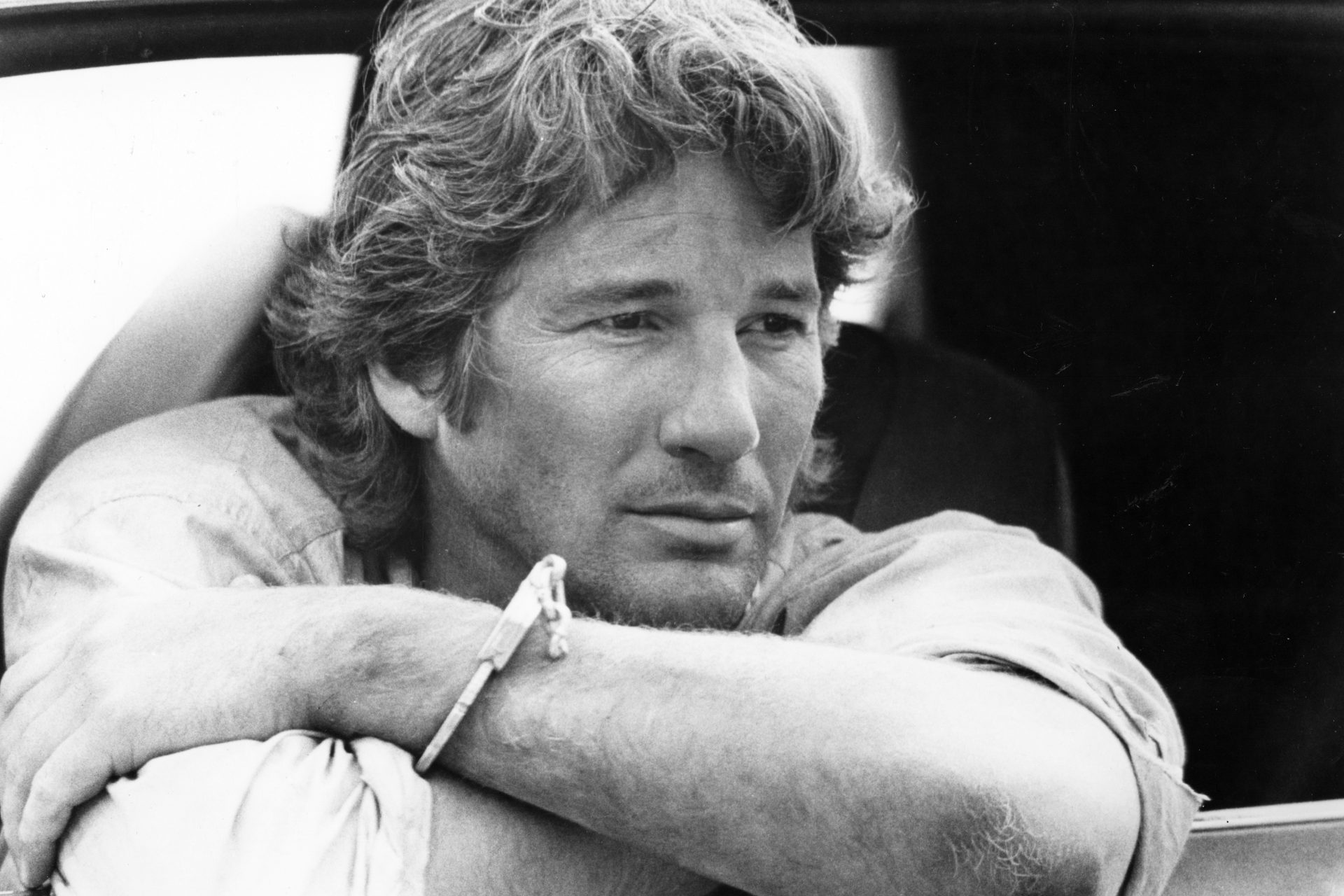Paintings of revolutionary Dutch masters, from Rembrandt to Mondrian
The art history of the Netherlands has produced a wealth of exceptional painters, each with their own unique style. From the Golden Age of the 17th century to the revolutionary works of Vincent van Gogh and the abstraction of Piet Mondrian, their paintings are known across the globe.
The following ten Dutch artists have left an indelible mark on art history. Let's travel through time together, from the Middle Ages to the 21st century.
Photo: Ron Porter / Pixabay
Hieronymus Bosch, also known as Jeroen Bosch, or Bosco in Spanish, was born around 1450 in the city of Den Bosch. He is considered a representative of the Northern Renaissance and his work can be seen all over the world. An important example is the 'Garden of Earthly Delights' in the Prado Museum in Madrid.
An indispensable name among Dutch painters is Rembrandt Harmenszoon van Rijn. This artist, born in Leiden, is an icon of the Golden Age. His paintings belong to the baroque style, in which the contrast between light and dark plays a prominent role.
Image: portrait Jacob de Gheyn III in the Dulwich Picture Gallery, UK
Rembrandt's use of the so-called 'chiaroscuro,' in which the light and dark contrasts are depicted very prominently, gives his works an extra dramatic touch. More than 300 of his masterpieces are spread across museums around the world. One of his most famous works, the 'Night Watch,' can be admired in the Rijksmuseum in Amsterdam.
Born in 1609 in Haarlem, Judith Leyster was a rare female star in Dutch painting during the Golden Age. She specialized in genre painting. As one of the first female "master painters", she taught in her own studio and created baroque works with an emphasis on one main subject in everyday life.
Photo: National Gallery of Art, US
Born in Dordrecht, Albert Cuyp came from a family of artists and started painting at a young age. Like his father, he specialized in landscape paintings.
Although he never visited southern Europe, his works exude a Mediterranean atmosphere through his use of light. His paintings were popular among both continental and British art lovers. Many of his works can now be seen in both Dordrecht and Amsterdam but also in Paris, St. Petersburg, New York, Los Angeles, and other places in the world.
Jan Havickszoon Steen was a Dutch painter from Leiden. His works contain humorous and ironic observations of life, usually in everyday scenes. It is unclear from whom he learned his painting techniques, but he was probably influenced by Jan van Goyen and Nicolas Knüpfer. Jan Steen is found in many museums across the world, including the Hermitage.
This mysterious Dutch painter from Delft is known for his genre pieces and meticulous craftsmanship. According to the Rijksmuseum, he made only 45 paintings of which a mere 35 have survived. His masterpieces, such as 'Woman Reading a Letter,' 'The Milkmaid,' and 'Girl with a Pearl Earring,' show his love for blue and yellow. His works can be admired in the Louvre, the National Gallery, the Kunsthistorisches Museum, and the Rijksmuseum, among others.
Vincent van Gogh was a visionary artist who left his mark on the art world. Although he never received much recognition during his lifetime and died a poor man, his work became known worldwide after his tragic death.
Picture: Alina Grubnyak / Unsplash
Van Gogh is now regarded as an icon of Post-Impressionism and as one of the most important painters in art history. His influence extended to expressionism, fauvism, and abstraction. Today, his masterpieces and those of his contemporaries can be admired in the Van Gogh Museum in Amsterdam and other big museums across the world. In addition, the Kröller-Müller Museum in the east of The Netherlands has the second-largest collection of his works.
Piet Mondrian was born in Amersfoort and started his artistic journey with landscape paintings. However, he achieved worldwide fame as a pioneer of abstract art and cubism. According to the outlet 'Historiek,' he moved to Amsterdam and later to Paris, where he devoted himself entirely to Cubism because he was looking for innovation.
Photo: Roses Street / Pixabay
His works gradually evolved towards more and more abstraction. The most famous ones are the compositions with only black lines and primary colors. Mondrian's iconic work 'Broadway Boogie-Woogie,' for example, pays homage to New York and its grid of busy streets.
Photo: Spiel / Pixabay
Born in Amsterdam, Karel Appel was a modern artist who became known within the expressionist movement. According to the Cultuurarchief site, he went against his parent's wishes to take over the family hairdressing business. Instead, he chose to follow his passion and studied painting at the Rijksakademie.
Image: still from Nieuwsuur, NOS
Although he was initially underestimated, Appel made his breakthrough after 1957. Although his work embraces abstraction, it always contains recognizable elements such as people and animals. His paintings and statues can be admired in cities such as New York, San Francisco, São Paulo, and Amsterdam.

